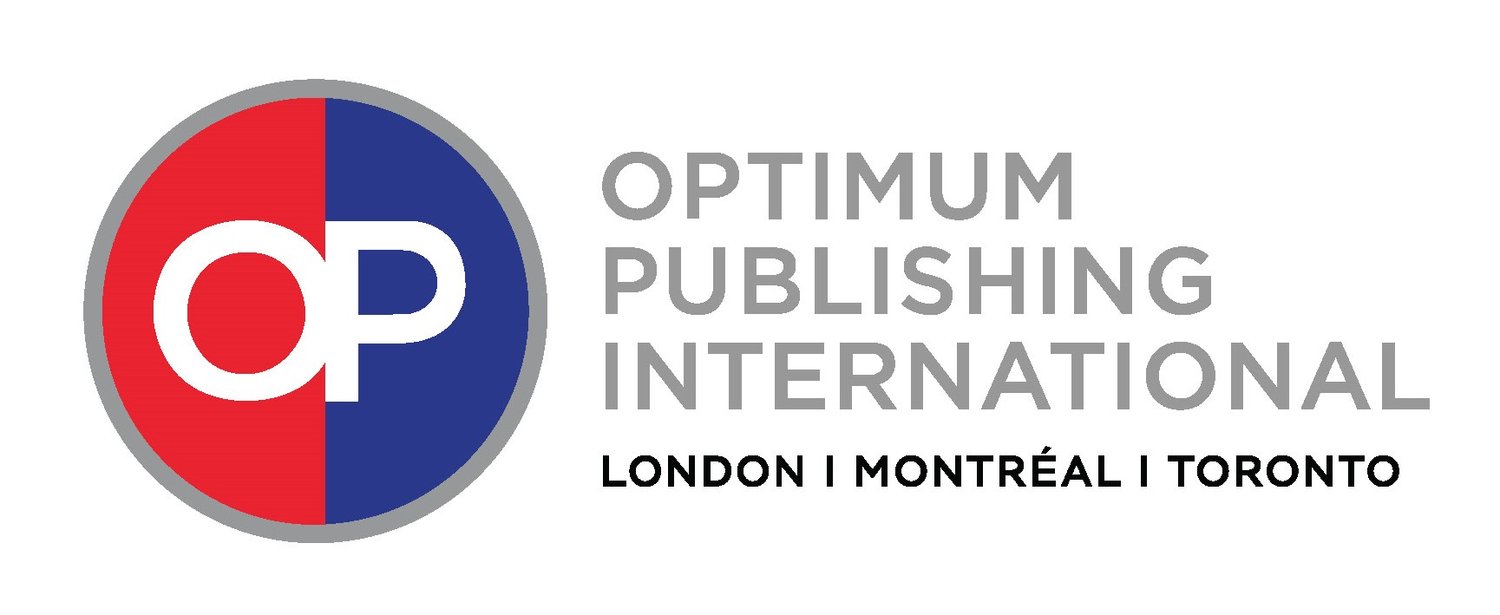Bad Blood The Unspeakable Truth
Did Bill Clinton play a role in the tainted Blood Crisis?
CLINTON & THE KILLER BLOOD
In the mid-1980s, as contaminated blood flowed from Arkansas inmates to other countries, then-Governor W.J. Clinton sat on his hands despite evidence of severe mismanagement in his prison system and its medical operations. The prison medical program was being run by Health Management Associates, which was headed by Leonard Dunn, a man who would brag to state police of his close ties to Clinton.
Some of the killer blood ended up in Canada where it contributed to the deaths of an unknown number of blood and plasma recipients. An estimated 2,000 Canadian recipients of blood and related products got the AIDS virus between 1980 and 1985. At least 10,000 Canadians were infected with the hepatitis C virus between 1980 and 1990. Arkansas was one of the few sources of bad blood during this period.
The Royal Canadian Mounted Police has a staff of 24 working on the case. Investigators interviewed about 600 people from multiple countries including the U.S., Germany and the Netherlands. They had more than 30,000 documents according to the Ottawa Citizen,
State Prisons who were involved with the collection of plasma had it shipped to Switzerland, Spain, Japan, and Italy. In a case with strong echoes of the Arkansas scandal, a former premier of France and two of his cabinet colleagues were put on trial stemming from the wrongful handling of blood supplies. Some of the blood in the French controversy may have come from Arkansas.
A 1992 Newsday report on the French scandal noted that three persons had been convicted for their role in distributing blood they knew was contaminated: "Throughout the 1980s and later, blood was taken from prison donors for use in blood banks despite a series of directives warning against such a practice. According to the report, donations from prisoners accounted for 25 percent of all the contaminated blood products in France. Blood from prisons was 69 times more contaminated that that of the general population of donors."
The Arkansas blood program was also grossly mishandled by the Food and Drug Administration. And the scandal provides yet another insight into how the American media misled the public about Clinton during the 1992 campaign. The media ignored a major Clinton scandal despite, for example, 80 articles about it in the Arkansas Democrat in just one four-month period of the mid-80s.
Here's how Canada's Krever Commissioner report describes the beginnings of the problem:
"During 1981-2, the number of AIDS cases in the United States reported to the Centers for Disease Control in Atlanta grew at an alarming rate. The vast majority of the reported cases were of homosexual men and intravenous drug abusers. During 1982, cases of AIDS transmitted through the use of blood and blood products began to be reported.
The U.S. blood and plasma centers regularly collected from two groups of persons who were at high risk of contracting AIDS: homosexual men and prison inmates. Plasma was collected at centers, licensed by the Food and Drug Administration, in prisons in Arkansas, Florida, Louisiana, and Mississippi. By way of contrast, because of the high prevalence of hepatitis B in prisons, the Canadian Red Cross Society had stopped collecting donations from prison inmates in 1971."
Suzi Parker, writing in the Arkansas Times, described the scene: "At the Cummins Unit of the Arkansas penal system during the 1980s, while President Clinton was still governor, inmates would regularly cross the prison hospital's threshold to give blood, lured by the prospect of receiving $7 a pint. The ritual was creepy to behold: Platoons of prisoners lying supine on rows of cots, waiting for the needle-wielding prisoner orderly to puncture a vein and watch the clear bags fill with blood. Administrators than sold the blood to brokers, who in turned shipped it to other sates and to Japan, Italy, Spain and Canada. Despite repeated warnings from the Food and Drug Administration, Arkansas kept its prison plasma program running until 1994 when it became the very last state to cease selling its prisoners' plasma.
Mike Galster, a medical practitioner whose fictionalized account dramatically raised interest in the blood scandal, recalls that at the Pine Bluff unit's hospital they also took blood from prisoners. When he raised questions about the wisdom of bleeding sick people, he was told that even the ill had the right to sell their blood.
For more on the biggest public health crisis in Canada buy your copy today of Bad Blood, The Unspeakable Truth. Don’t become complacent and let it happen again.

